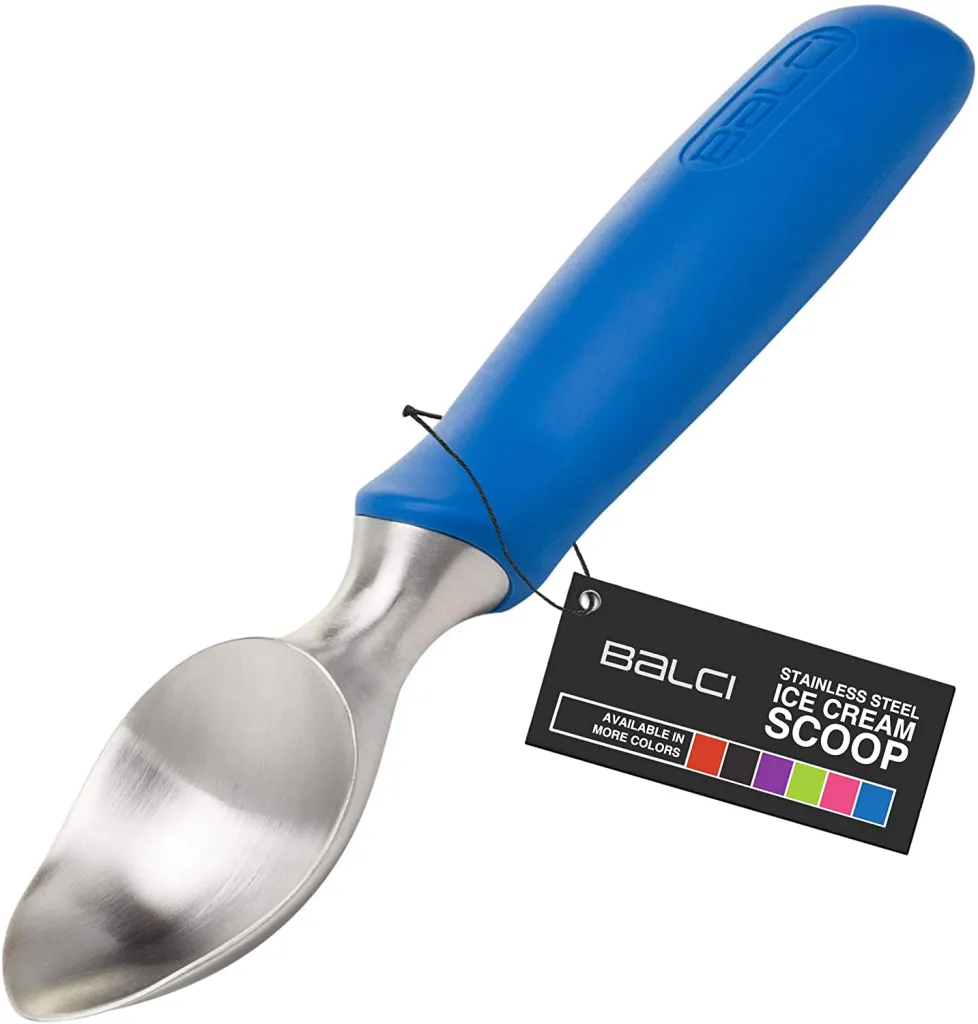Ice cream flavors are infinite. Gelato flavors are just as inventive and equally endless. Stroll the frozen food aisle with your mouth agape at the beauty that is called a frozen dessert. Personally, I can easily walk past the sherbet and sorbet and head straight to the richer shelves of ice cream and gelato. But is there a quiet rivalry between gelato vs ice cream?
What Is the Difference Between Gelato and Ice Cream Anyway?
I'm no doctor, but they both cure what ails you, at least temporarily. Work stress? Ice cream. Breakup woes? Gelato. Just feeling blue? Ice cream. My friend, Lisa, says ice cream should come in prescription strength. Genius idea.
But ice cream and gelato are both part of happy times too! Both can trigger happy childhood memories and there's no better way to get kids to shush up than by promising them something with little nutritional value... ice cream! So what is the actual ingredient difference between ice cream and gelato.
What Is Ice Cream?
Ice cream is a frozen dessert made from milk, cream, sweetener, and egg yolks. American-style ice cream didn't always contain eggs. But American ice cream has now evolved to also include egg yolks, also called French style ice cream. Viva la France!
Ice cream has the highest content of milk fat in the category of frozen desserts. The ice cream most commonly eaten has between 14 to 25 percent milkfat. To be labelled "ice cream," the USDA requires that traditional ice cream have at least 10 percent milkfat.
Ice cream gets its creamy texture by being mixed in an ice cream maker or churn at high speeds. This process adds air bubbles to the mixture, giving it that airy texture. Hard ice cream has less air than soft-serve ice cream. Cheaper ice cream also tends to have more air content since air is a free ingredient. So basically air is what makes the fluff factor.
Ice cream is served between 6 degrees and 10 degrees Fahrenheit. The cold temperature numbs your taste buds just enough to make it possible to wolf down a pint faster than thought possible. It also makes your flavor of choice more subtle than it would be if you were eating gelato which is served at a slightly warmer temperature
What Is Gelato?
Italian Gelato is also a frozen dessert simply made from a mixture of milk, cream, and sweetener. Sometimes it has egg yolk as well. Gelato is made with less cream than ice cream, giving it a lower fat content. Gelato usually has a butterfat content of around 4 to 9 percent, much lower than ice cream.
Gelato is churned slowly so there's less air in the final frozen treat and a more dense mouthfeel. Gelato is served between 10 degrees to 22 degrees Fahrenheit, keeping gelato's dense texture from becoming too solid. And without the numb tastebuds or brain freeze that traditional ice cream can give you, the inventive flavorings of gelato really come through. I'm a hazelnut girl, personally.
Gelato Origins
Gelato originated in Italy and you can still stroll into many "gelaterias" around the country and around the world now with the growing popularity of this low fat treat.
Gelato is the Italian word for ice cream. Born during the Italian Renaissance in the 16th century, Florence native Bernardo Buontalenti is credited with the invention of gelato. Rumor has it that Catherine de Medici was a big fan of this treat.
There were some regional differences to the gelato recipe. For instance, in Sicily, corn starch was added to the cream to produce an even thicker texture. In Naples, gelato was traditionally made with just milk and eggs. And if you travel more north, gelato is a combo of milk, cream, and eggs. In 1688, chef named Francesco Procopio Dei Coltelli is credited with bringing it to the masses when he opened up Cafe Le Procope in Paris. The restaurant is still open today.
Gelato was introduced to the United States in the late 1700s. When brought to the US, there were two major types: one made by combining water with fruits and the other by mixing milk with cinnamon, chocolate, or different flavors. Over time many variations have been made to produce the gelato that we have today.
Ice Cream Origins
The origins of ice cream can be traced back to the 4th century B.C. The Roman emperor Nero ordered ice to be brought from the mountains and mixed with fruit and fruit juices. King Tang of Shang, China supposedly created sweet ice and milk concoctions. Ice cream was likely brought from China back to Europe. It's believed ice cream landed in America in the mid-1700s, but was considered a delicacy in the beginning. As it became more available, ice cream parlors and ice cream stands and ice cream trucks became the stuff kids (and adults) lived for on hot days.
About 16.3 billion liters of ice cream are produced worldwide per year. The United States leads in ice cream production with an estimated 4.4 billion liters per year. I'm so proud to be American.
Watch: The 10 Best Blue Bell Ice Cream Flavors






